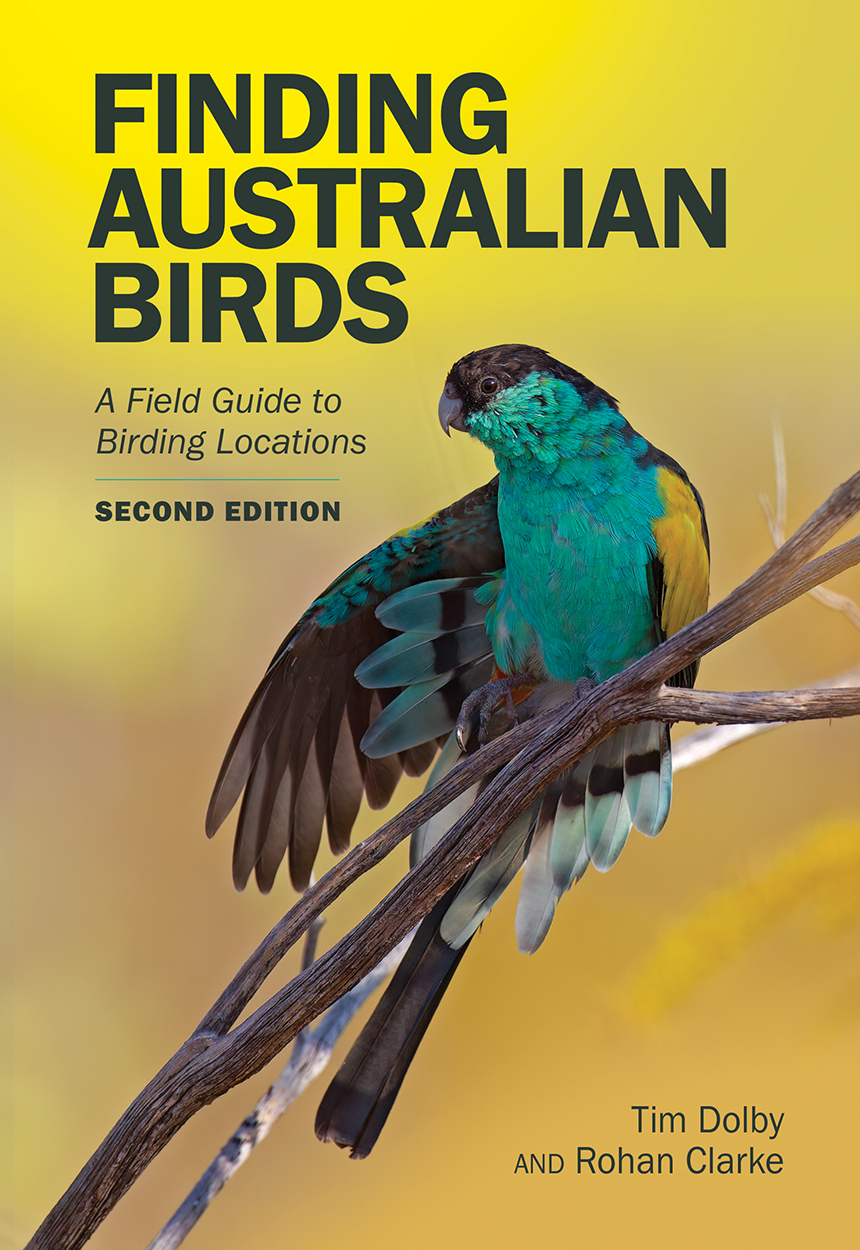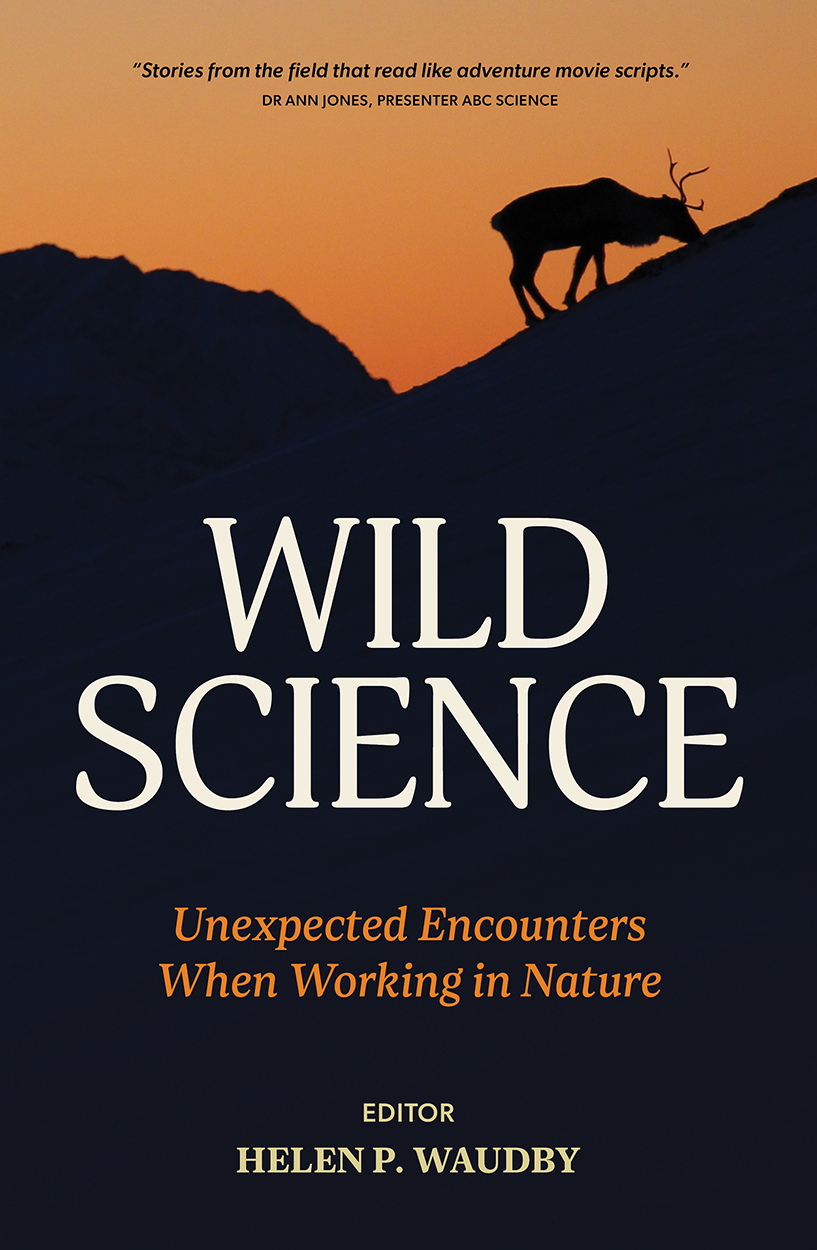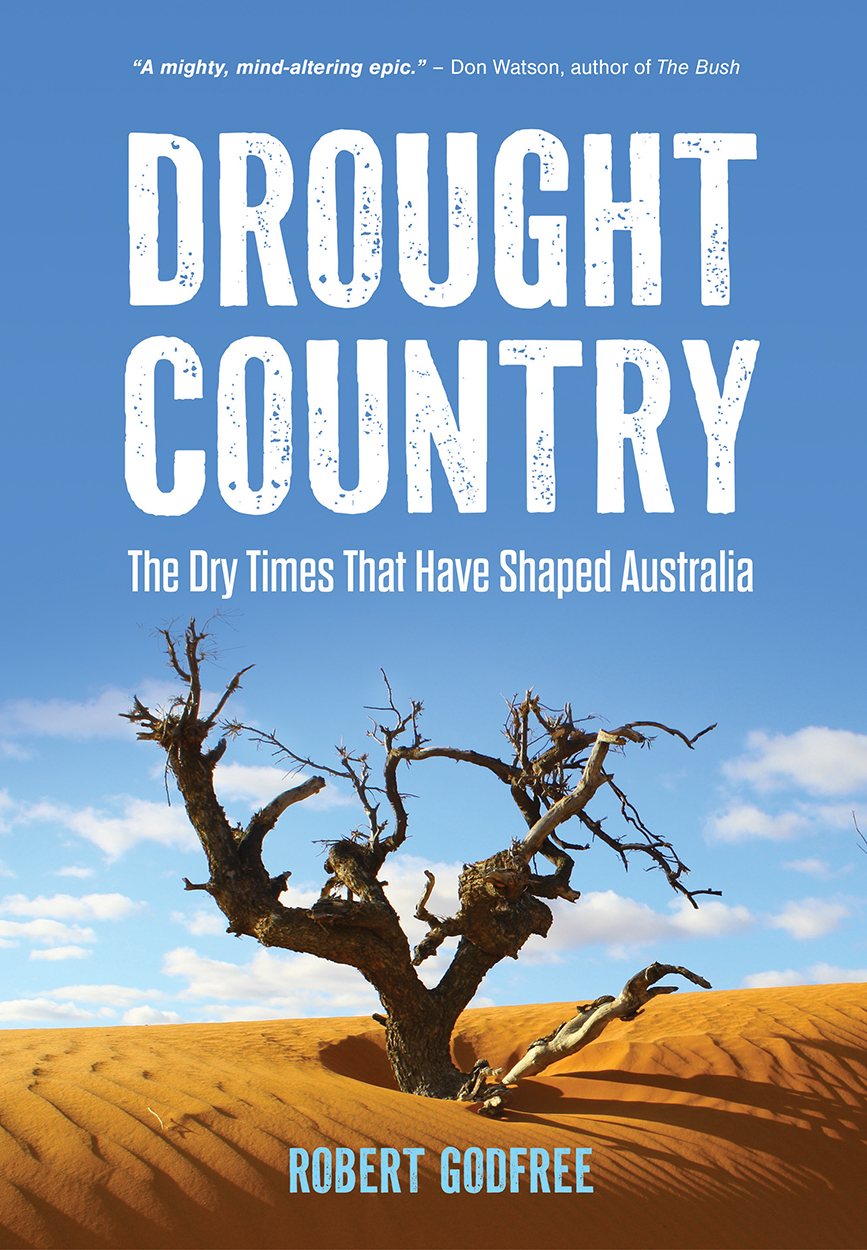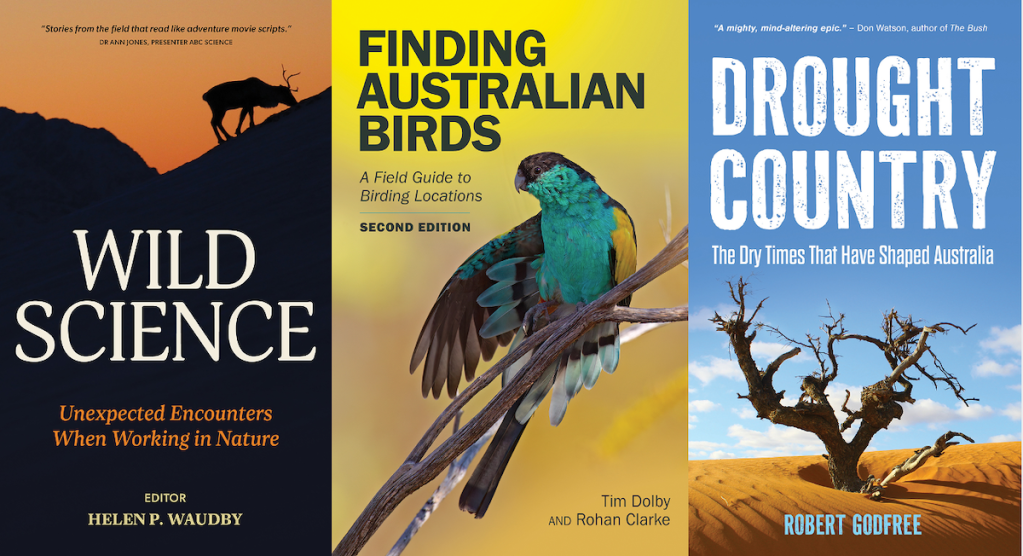It’s about that time of year, where I find myself looking for a new book (or three) after working through my holiday reading list.
For this installment of our regular book review series, we’re bringing you three new reads from CSIRO Publishing, one of Australia’s leading science and nature publishers. First off the rank is a new edition of my favorite resource for birding Down Under. Then a lovely compilation of adventures in field science, followed by a bracing look at drought in Australia.
We’ll have more reviews at the ready — once you’re done with these books — for our annual Earth Day book review. So stay tuned, and happy reading.
Top 10 List
-
Finding Australian Birds: A Field Guide to Birding Locations (Second Edition)
By Tim Dolby & Rohan Clarke | CSIRO Publishing

This book is hands-down one of the best resources for Australian birdwatchers.
The first edition of Finding Australian Birds sits within arm’s reach on my bookshelf, well-worn from nearly a decade of heavy use. It provides a state-by-state look at some of the country’s best birdwatching spots, including details on access and a list of the most sought-after species for each site.
Some of these hotspots are somewhat obvious, like national parks, wildlife reserves, and wetlands. But others you’ll only find with the help of this guide. Like Eulo Bore, a random roadside waterhole that’s also the best spot to stake out Bourke’s parrots when they come into drink at dawn. Or Inskip Point, a small patch of coastal forest you probably wouldn’t look twice at, unless you know it’s a reliable site for the delightfully odd black-breasted buttonquail.
Now, I know what you’re thinking: Do I really need a whole guide to find birds, when I can look up species information on eBird? The answer is an emphatic yes. eBird is a fabulous resource, but in a country with a lot of land and (relatively) few birders, there are big gaps in its data. That’s particularly true if you’re using the “Targets” feature, which is amazing but only collates records from the previous 30 days. When chasing rarities or lifers, I find I have the most success when using this book alongside eBird’s features.
This book is a fabulous resource for both weekend birders looking to explore new locations, and serious twitchers (like me) trying to track down every last lifer on their holiday road trip. It’s also the first resource I recommend to friends from overseas who want to see Australia’s fabulous avifauna. And before you head out birding, I also highly recommend CSIRO’s compact Australian birds guide.
-
Wild Science: Unexpected Encounters When Working in Nature
Edited by Helen P. Waudby | CSIRO Publishing

Wild Science reminds me of what I love most about ecology: the wild places that fieldwork takes you, and the adventures you have along the way. This book, edited by Helen P. Waudby, compiles stories from 25 intrepid ecologists about life and research in the field.
Chris Dickman shares advice for how to avoid arrest while chasing hedgehogs across Oxfordshire. Euan Ritchie tells tales of surveying for antilopine wallaroo in remote north Queensland, with his two young children in tow. Andrew Derocher explains the complex (and critical) logistics of Arctic fieldwork, and what happens when the helicopter breaks mere feet from a groggy polar bear. And Lydia Mclean has some advice for anyone beset by a gang of curious, destructive kea in the New Zealand backcountry: distract them with an empty tin can while you hide all of your gear, lest they rip it to shreds.
Each chapter is just the right length for those weeks you only have short moments to read, or just need a few pages to get you ready to sleep. Or, if you’re like me, you can binge the entire book in one long, lazy Sunday afternoon.
-
Drought Country: The Dry Times That Have Shaped Australia
By Robert Godfree | CSIRO Publishing

Poet Dorothea Mackellar described Australia as “a sunburnt country / A land of sweeping plains, / Of ragged mountain ranges, / Of droughts and flooding rains.” More than a century later, as climate change tightens its grip on the continent, those droughts and flooding rains are becoming all the more frequent, and more destructive.
In Drought Country, ecologist and author Robert Godfree explores how droughts shaped the Australian nation. A cattle farmer himself, Godfree is all too aware of the crippling effects of droughts on the nation’s farmers, forests, and wildlife. What I found most interesting were the chapters on how drought shaped the early days of European settlement, and how decisions made, in both dry years and wet, live on into the present day.
It’s not exactly light reading, but Drought Country is a valuable resource and reference for ecologists, environmentalists, land managers, and anyone looking to understand what the future holds for the wide, brown land of Australia.




Join the Discussion